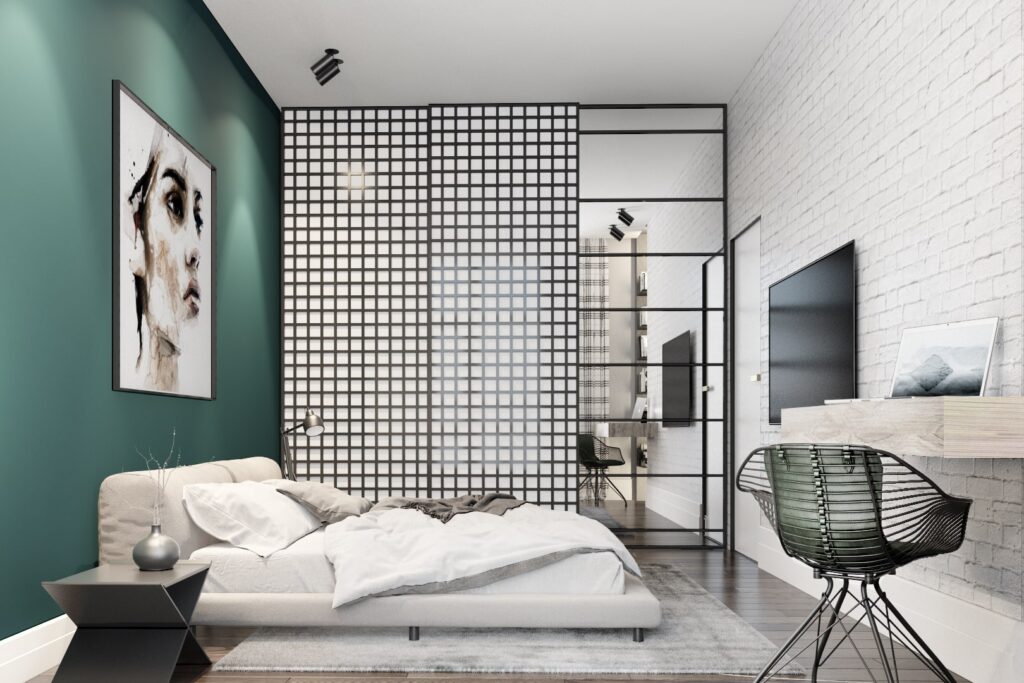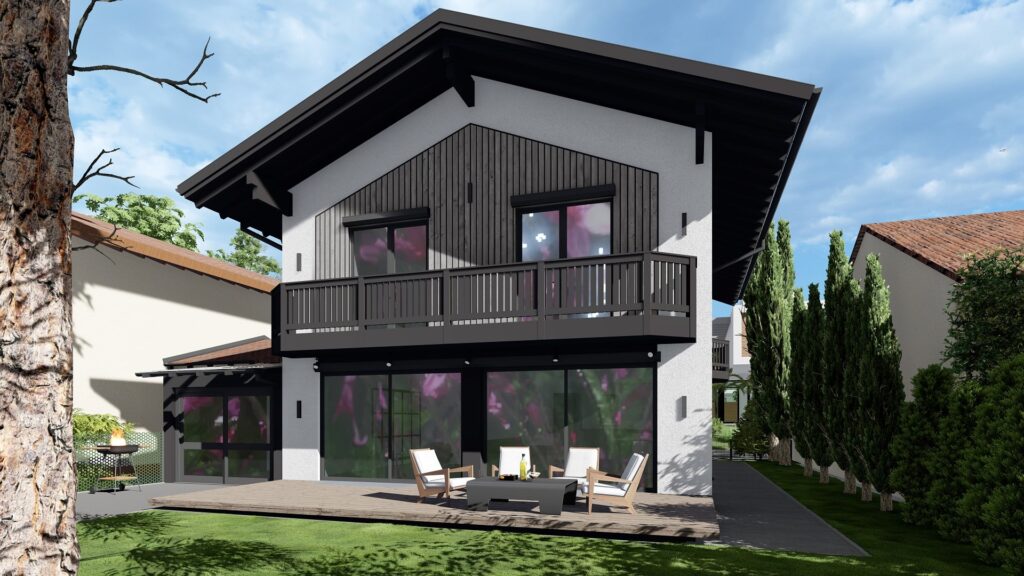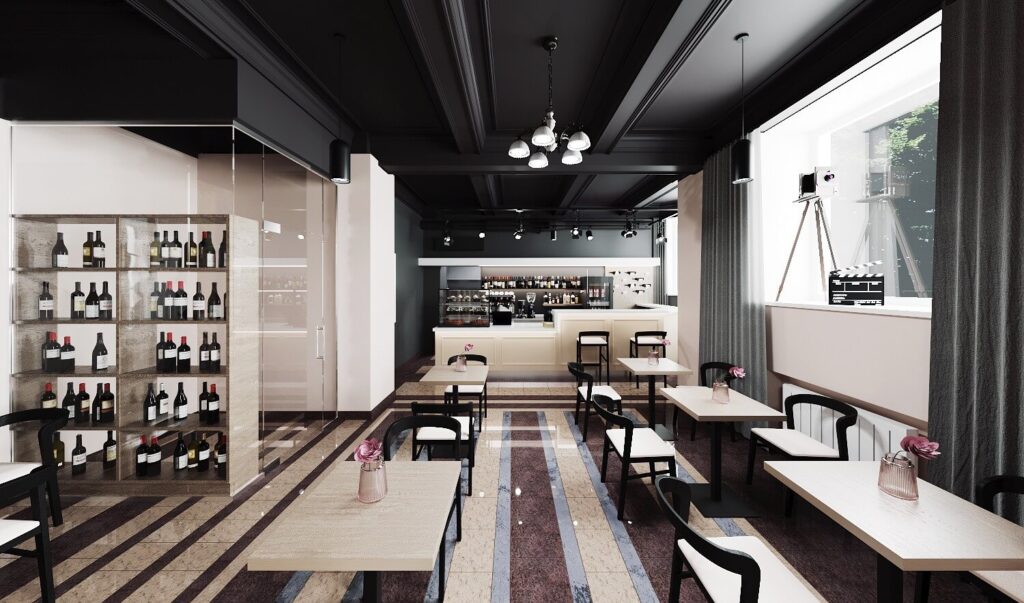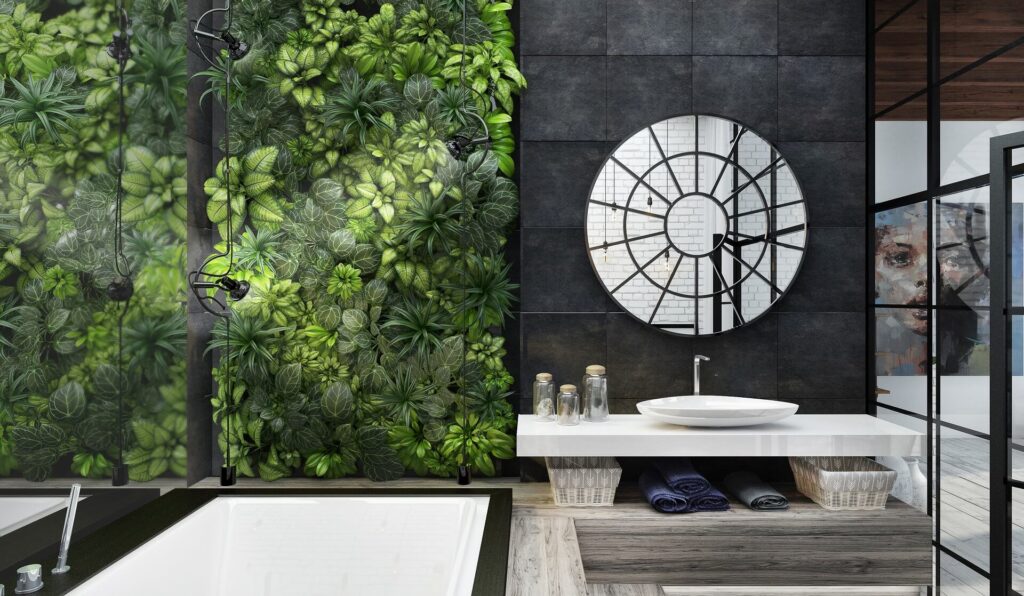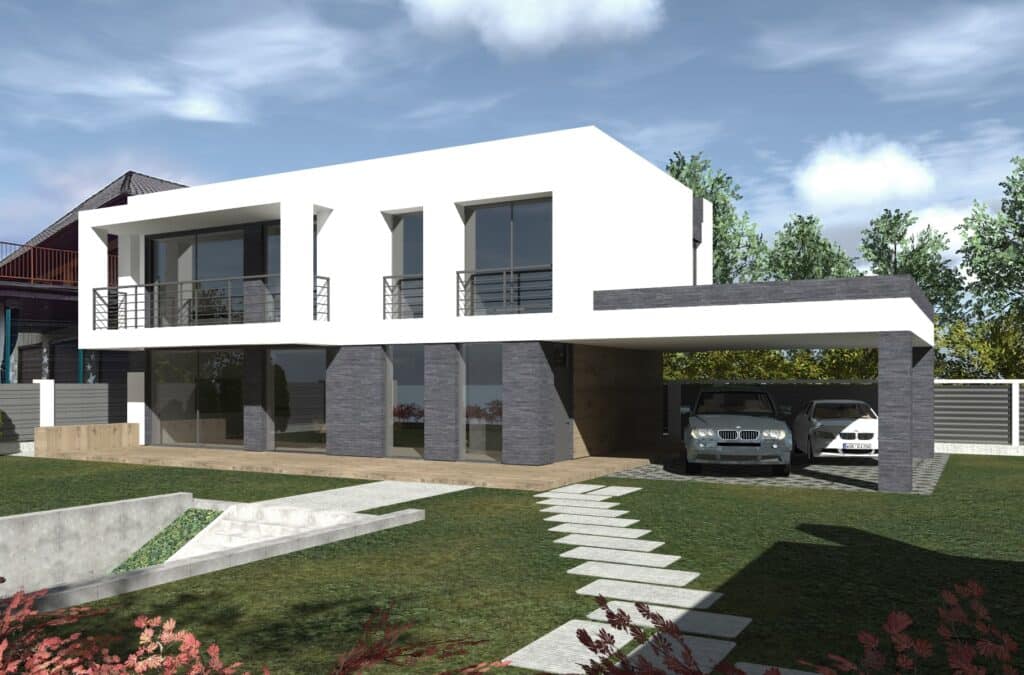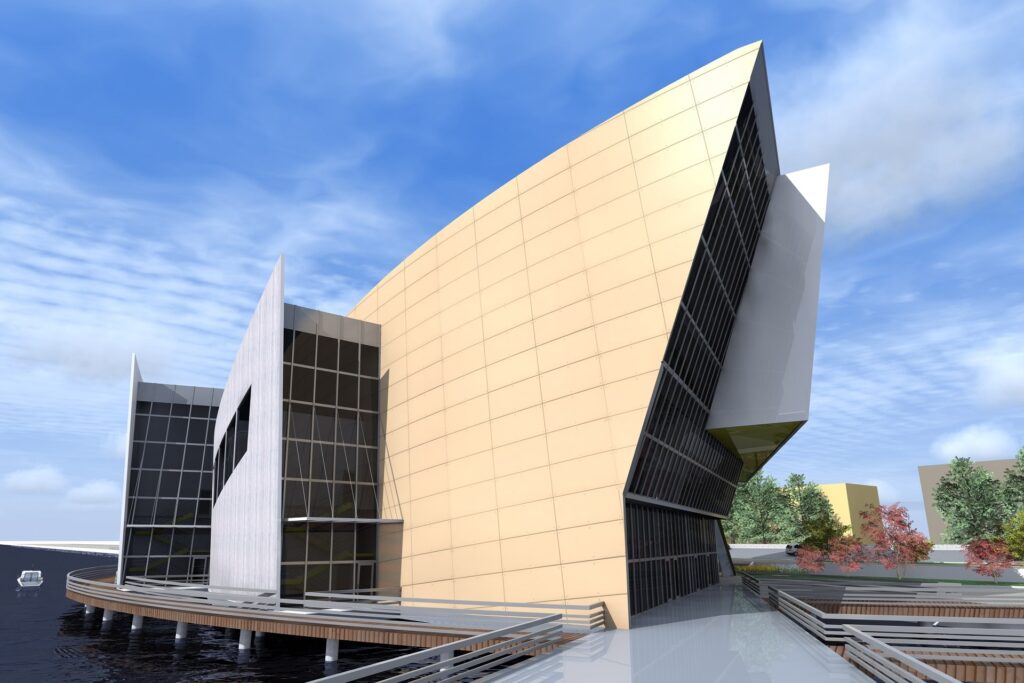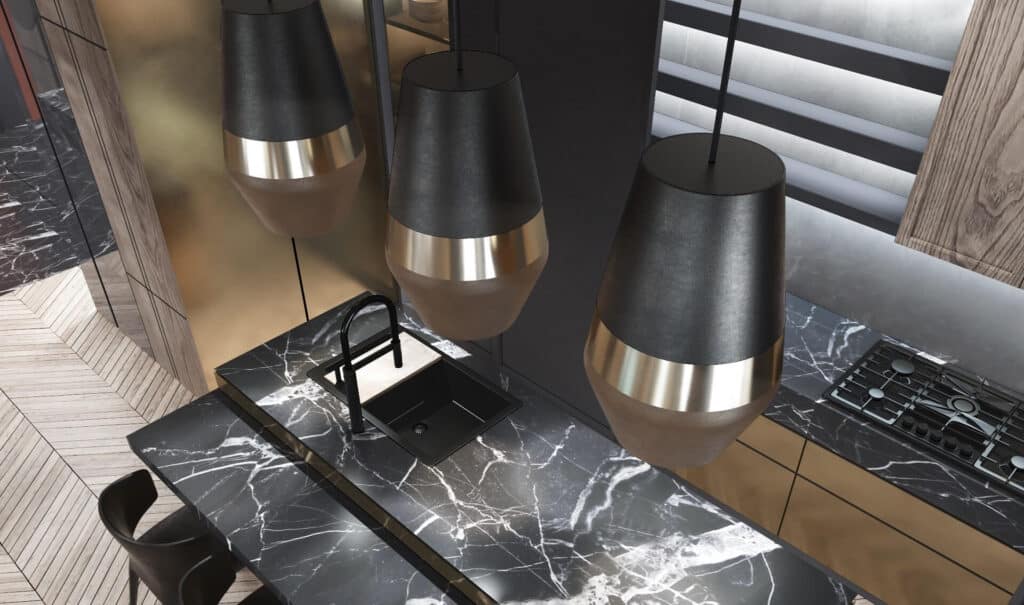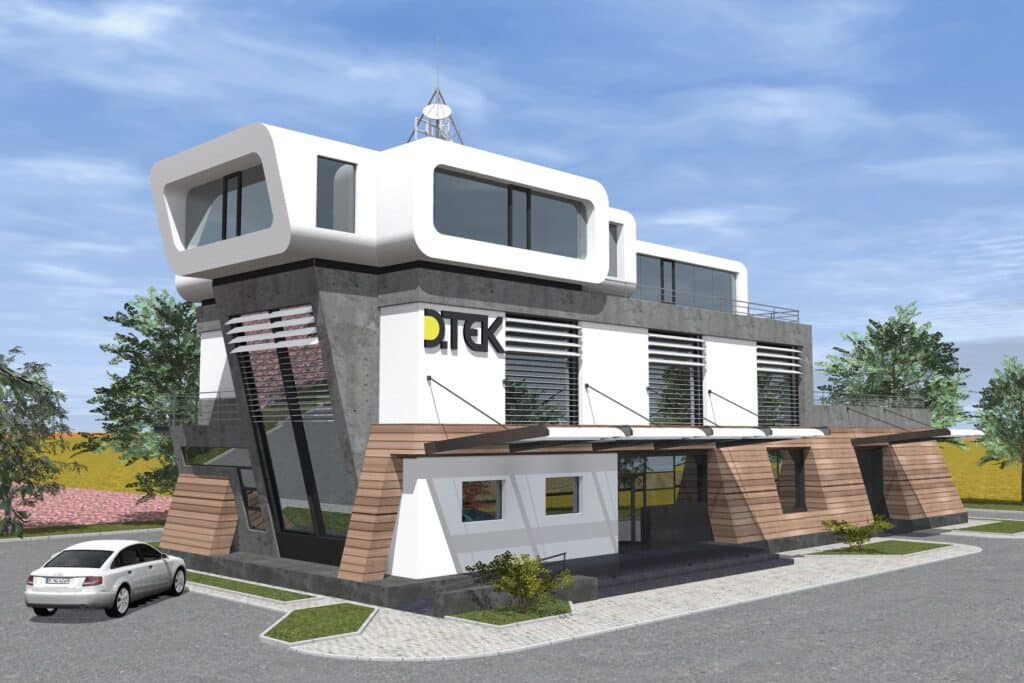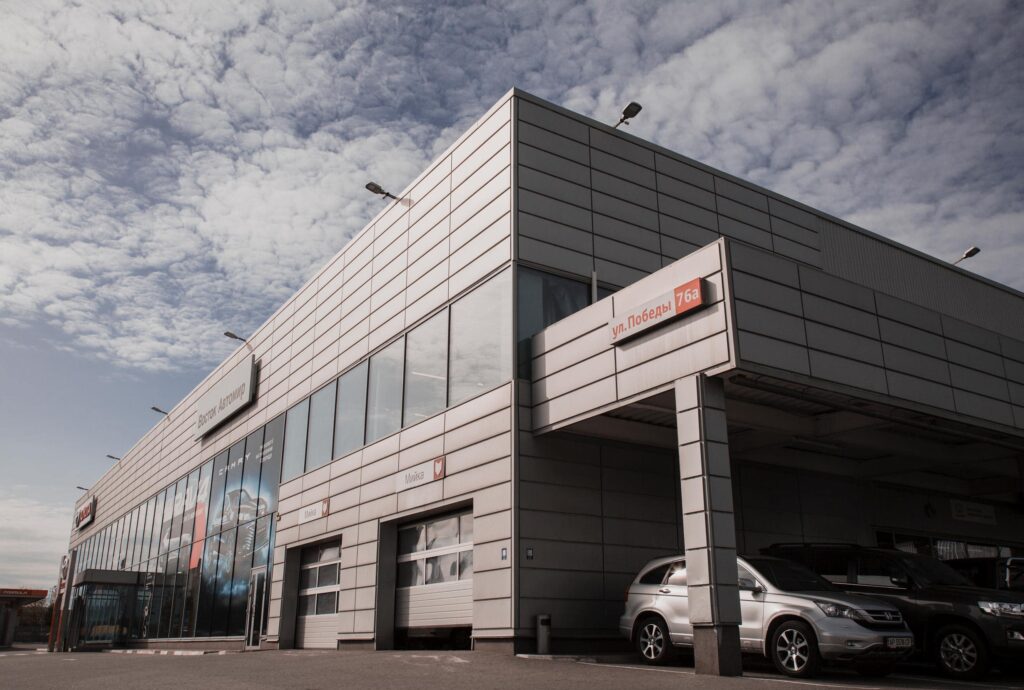Why User-Centered Design Should Be at the Heart of Every Project
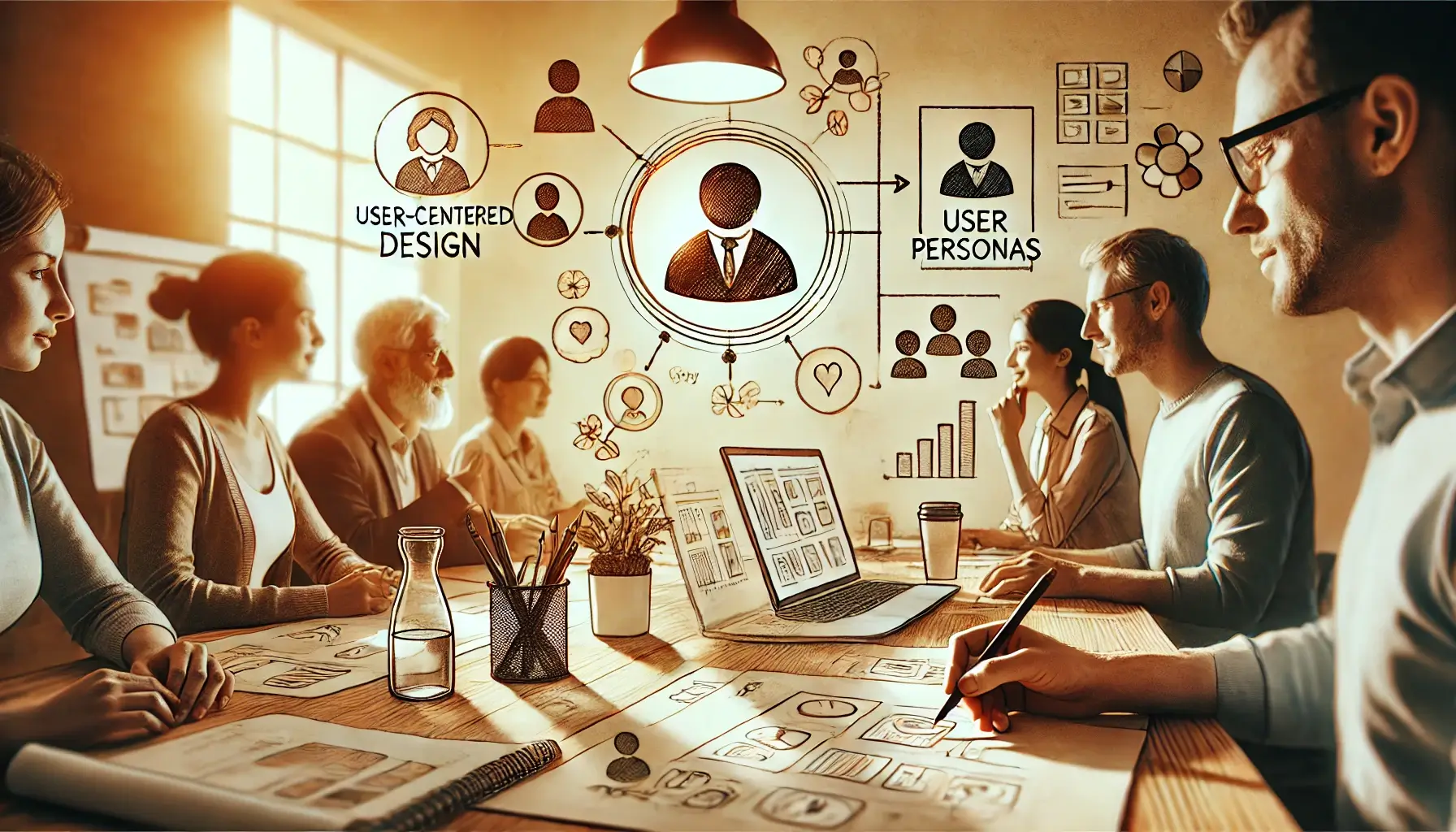
Understanding User-Centered Design: The Foundation of Effective Projects
User-centered design (UCD) is a methodology that prioritizes the needs, preferences, and limitations of the end user at every stage of the design process. It is a philosophy that asserts that the best designs emerge when users are at the core of decision-making. 🏆 This approach ensures that products, services, and environments are tailored to provide an optimal user experience.
To truly grasp UCD, it’s essential to explore its principles. At its core, UCD is iterative, user-driven, and contextually aware. It involves continuous feedback and refinement, ensuring that the final product is not only functional but also intuitive. This user-focused process requires designers to step into the shoes of their users, understanding their needs and challenges.
The benefits of UCD are manifold. By prioritizing the user, companies can significantly reduce the risk of product failure. Products are more likely to meet market demands, ensuring higher user satisfaction and loyalty. 🎨 Moreover, a user-centered approach often results in innovative solutions that stand out in competitive markets.
Incorporating UCD from the outset of a project can transform the design process. By consistently seeking user feedback, designers can avoid costly revisions and develop solutions that resonate deeply with their audience. This approach not only enhances the user experience but also aligns with the overarching goals of businesses.
The Creative Process: From Concept to Masterpiece
The journey from a spark of an idea to a fully realized product is intricate and demands a holistic approach. In user-centered design, this journey is mapped out with the user as the guiding star. This ensures that every phase of the project, from ideation to completion, is aligned with user needs and aspirations. 🧩
Concept development is the first step in this creative process. Here, designers brainstorm and sketch potential solutions, always keeping the end user in mind. This phase is characterized by an openness to exploration and a willingness to embrace diverse ideas. It is also an opportunity to consider different perspectives, ensuring that the final concept is well-rounded and inclusive.
Once a concept is selected, the design phase begins. Prototypes are created, allowing for early testing and feedback. This is where the iterative nature of UCD shines—designs are continuously refined based on user insights, inching closer to a product that truly resonates. This phase is crucial for identifying potential pitfalls and addressing them before the final launch. 🔍
Finally, the masterpiece emerges—a product that is not only aesthetically pleasing but also functional and user-friendly. It exemplifies the power of user-centered design, showcasing how a meticulous and empathetic approach can lead to groundbreaking solutions. By placing the user at the heart of the creative process, designers can craft products that delight and inspire.
The Role of Empathy in User-Centered Design
Empathy is the cornerstone of user-centered design. It is the ability to understand and share the feelings of another, and in the context of design, it involves seeing the world through the eyes of the user. This deep understanding is crucial for creating solutions that are not only effective but also meaningful.
To cultivate empathy, designers often engage in user research. This involves interviews, surveys, and observations, allowing designers to gather insights directly from the source. By understanding user behaviors, preferences, and pain points, designers can tailor their solutions to address specific needs. This empathetic approach ensures that designs are not only functional but also resonate on an emotional level. 💡
Empathy also plays a vital role in fostering inclusivity. By considering diverse user perspectives, designers can create products that cater to a wide range of users, including those with different abilities and backgrounds. This approach not only enhances accessibility but also broadens the reach of the product, ensuring that it serves the needs of all users. 🌍
Ultimately, empathy in design leads to a deeper connection between the product and its users. It transforms the user experience, making it more intuitive, enjoyable, and impactful. By prioritizing empathy, designers can create solutions that not only meet user needs but also enrich their lives.
User Feedback: The Catalyst for Iterative Improvement
User feedback is the lifeblood of user-centered design. It provides invaluable insights into how a product is perceived and used, offering a roadmap for continuous improvement. By actively seeking and integrating feedback, designers can ensure that their solutions evolve to meet changing user needs and expectations.
Feedback can be gathered through various methods, including usability testing, surveys, and direct user interviews. Usability testing, in particular, offers a hands-on look at how users interact with a product, highlighting areas of friction or confusion. This real-time feedback is instrumental in identifying areas for refinement. 📈
Once feedback is collected, the iterative process begins. Designers analyze the data, identifying patterns and key areas for enhancement. This phase involves a willingness to adapt and a commitment to excellence, ensuring that the product continually evolves to meet user needs.
The integration of user feedback not only enhances the product but also fosters a sense of collaboration and partnership between designers and users. It builds trust and loyalty, as users feel that their voices are heard and their needs are prioritized. In this way, feedback becomes a catalyst for both product improvement and user satisfaction. 🤝
Bridging the Gap: Aligning Business Goals with User Needs
One of the primary challenges in user-centered design is balancing user needs with business objectives. While the user is at the heart of the design process, it’s crucial to ensure that the final product aligns with organizational goals and delivers tangible value. This requires a strategic approach that bridges the gap between user satisfaction and business success.
To achieve this balance, designers must engage in thorough stakeholder collaboration. By working closely with business leaders, marketing teams, and other key players, designers can gain a comprehensive understanding of organizational goals and constraints. This collaborative approach ensures that the final design aligns with both user needs and business priorities. 🤝
Effective communication is also vital in this phase. Designers must articulate the value of user-centered design, demonstrating how it can drive business success. This involves presenting data-driven insights, such as increased user engagement, customer loyalty, and market differentiation. By highlighting the benefits of UCD, designers can build support and buy-in from stakeholders. 📊
Ultimately, the goal is to create a product that is not only user-friendly but also aligned with business objectives. By bridging the gap between user needs and business goals, designers can create solutions that deliver lasting value and drive organizational success.
Case Studies: Success Stories of User-Centered Design
The transformative power of user-centered design is best illustrated through real-world examples. Case studies offer a glimpse into how UCD principles can lead to successful outcomes, showcasing the journey from initial concept to final product. These stories serve as inspiration and a testament to the efficacy of a user-focused approach. 📚
One notable example is the redesign of a popular e-commerce platform. By prioritizing user feedback, the platform was able to enhance its navigation, streamline the checkout process, and improve overall user satisfaction. As a result, the company experienced a significant increase in conversion rates and customer loyalty, demonstrating the impact of UCD on business success.
Another case study highlights the development of an innovative healthcare app. By engaging directly with patients and healthcare providers, the design team was able to create an app that addressed key pain points and improved the patient experience. The app’s success is a testament to the power of empathy and user-centered design in the healthcare industry. 🏥
These success stories underscore the versatility and effectiveness of user-centered design across different industries. They demonstrate how a commitment to understanding and addressing user needs can lead to innovative solutions that drive both user satisfaction and business growth.
Conclusion: Embracing User-Centered Design for a Better Future
User-centered design is more than just a methodology; it is a mindset that prioritizes empathy, collaboration, and continuous improvement. By placing the user at the heart of every project, designers can create solutions that are not only functional but also resonate on an emotional level. This approach ensures that products are aligned with user needs, fostering satisfaction, loyalty, and success.
As we move forward, the importance of user-centered design will only continue to grow. In an ever-evolving world, where user expectations are constantly shifting, the ability to understand and adapt to user needs is paramount. By embracing UCD, designers can create products that not only meet current demands but also anticipate future trends. 🔮
Ultimately, user-centered design is a powerful tool for creating meaningful and impactful solutions. By putting the user first, designers can craft experiences that inspire, delight, and transform. As we navigate the challenges of the future, UCD will be at the forefront, guiding us towards a more user-friendly and innovative world.

